ADVANCED SERIES: Beautiful hybrid styles developed by meticulously shooting, scanning and analysing the real film. Available for both Lightroom and Capture One, with almost exactly the same looks whichever version you choose.
We work hard to create the best film emulations possible for Capture One, and this is without doubt our most geeky and complex yet. Which is why we called it ‘Advanced’, I suppose. For the first time in Capture One history, we’ve combined traditional adjustment-based presets with custom colour profiles to get the most accurate recreation of analog film possible; yet it’s still versatile enough to use more subtly as a general-purpose colour grading tool.
Back in the 80s and 90s, when film was king, Gold 200 was Kodak’s omnipresent consumer film – affordable enough to use for your everyday snapshots, while still offering beautiful rich colours. It’s still available today and though it’s not the sharpest, the most accurate, or the finest-grained stuff on the market, it still holds a special place in many photographers’ hearts. The emulsion sold today isn’t much different from the 1980s formula, so it’s a quick ticket to nostalgic vintagey mojo.
On the technical side it’s an ISO-200, C41 negative film available in 35mm format (110, medium format etc were discontinued long ago – they don’t exactly fit the ‘consumer’ demographic these days!). It gives warm colours – but not oversaturated – and a rather pleasing grain that isn’t the finest available, but still gives you plenty of detail.
It’s the stuff of holidays, family trips, casual snapshots, endless summers; the warm fuzzy haze of fond memories. And we’ve done our best to capture that.
We shot and scanned a variety of test scenes on Gold 200, covering a range of typical shooting and lighting conditions (along with matching shots on digital). After many late nights of studying and tweaking, we ended up with 14 unique colour profiles.
Lightroom supports this sort of thing natively, but getting them into Capture One is a lot less simple. Although it supports ICC profiles, these also have to handle the basic initial raw adjustments, which are different for every camera.
So we spent many long hours analysing the output of different cameras to find a suitable neutral ‘middle ground’ – a base profile which would give good results with any camera – to build our colour profiles upon. In the end we’re really happy with the results; each camera will have a slightly different look, but they’re no stronger than the differences you can get developing and scanning film. As far as we know, this is the first time anyone’s done film emulation in Capture One with this method, but we think the extra effort paid off.
One lovely bonus is that our Capture One and Lightroom styles duplicate each other almost perfectly, so users switching from one to another (or using both) can get matching results. In the following pages we’ll explain a bit more about the technical stuff and – much more importantly – how you can use the results of our complicated nerdy work to make your pictures look good.
We try and find a balance between giving you lots of options, and not making things too cumbersome or fiddly to use. You’ll see a lot of folders when you first install the styles; don’t be alarmed! It’s like the giant mixing desks you see in recording studios; they look like an insanely complex sea of knobs and switches, but really it’s just the same few things repeated a bunch of times…
The five ‘strength’ folders contain our 14 advanced styles (profile-based), but progressively less strong in each folder. 100% are the ones which match the real film scans as closely as possible; then you’ve got 75%, 50%, 30% and 15% if you need something a little more subtle. They’re otherwise identical. Start with the 100% folder and if it’s too much of a big change for your tastes, try one of the others.
You’ve also got a sixth folder containing our 10 classic styles. These use only Capture One adjustments so you can add them to a layer, adjust opacity, change the settings etc. By nature this makes them less accurate as the profiles when it comes to perfectly matching the film, but that’s by no means a bad thing. They’re a little easier to use as creative looks and highly tweakable. Use both – or mix the two!
There’s a final folder which contains Grain, Toning and Tools. The grain presets leverage C1’s exellent grain engine to create plausible looking texture. They also slightly soften the image in a very natural, analog way. Toning presets are designed to be added as a layer to give you extra control over dynamic range and contrast.
It’s worth mentioning that if there’s any folders or styles you never use that are cluttering things up, just delete them – it won’t break anything.
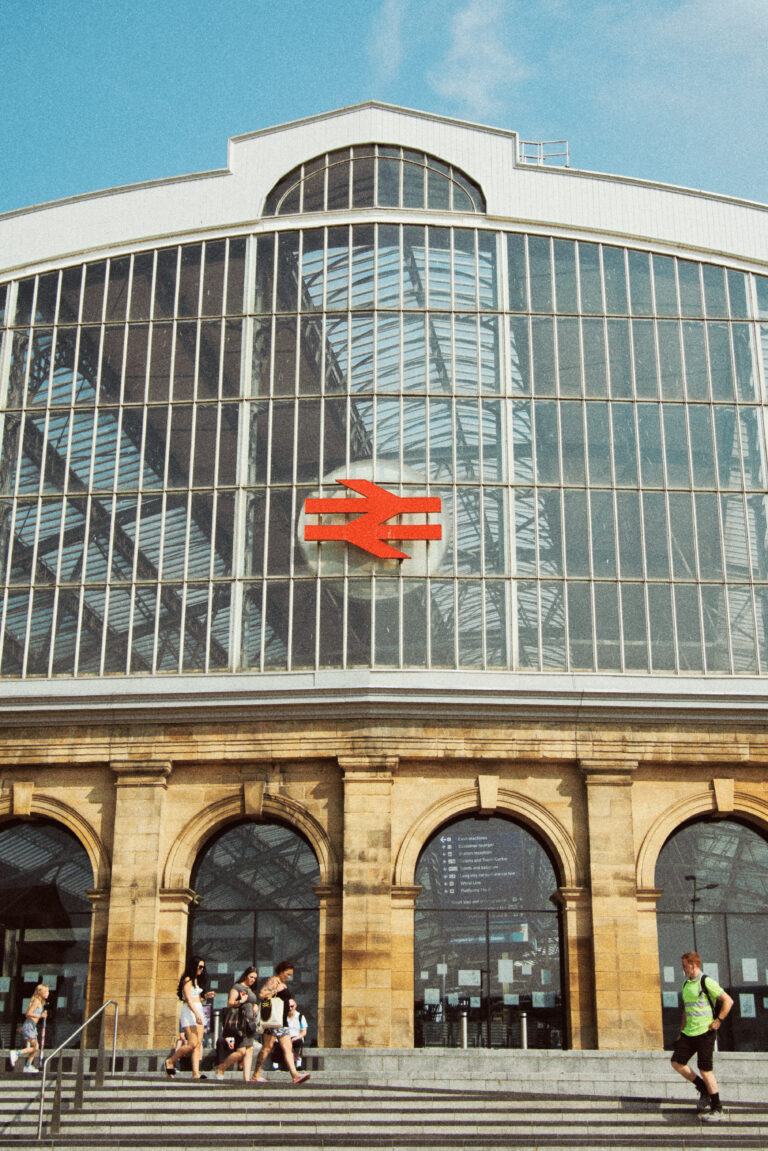 Digistock Gold 200
Digistock Gold 200
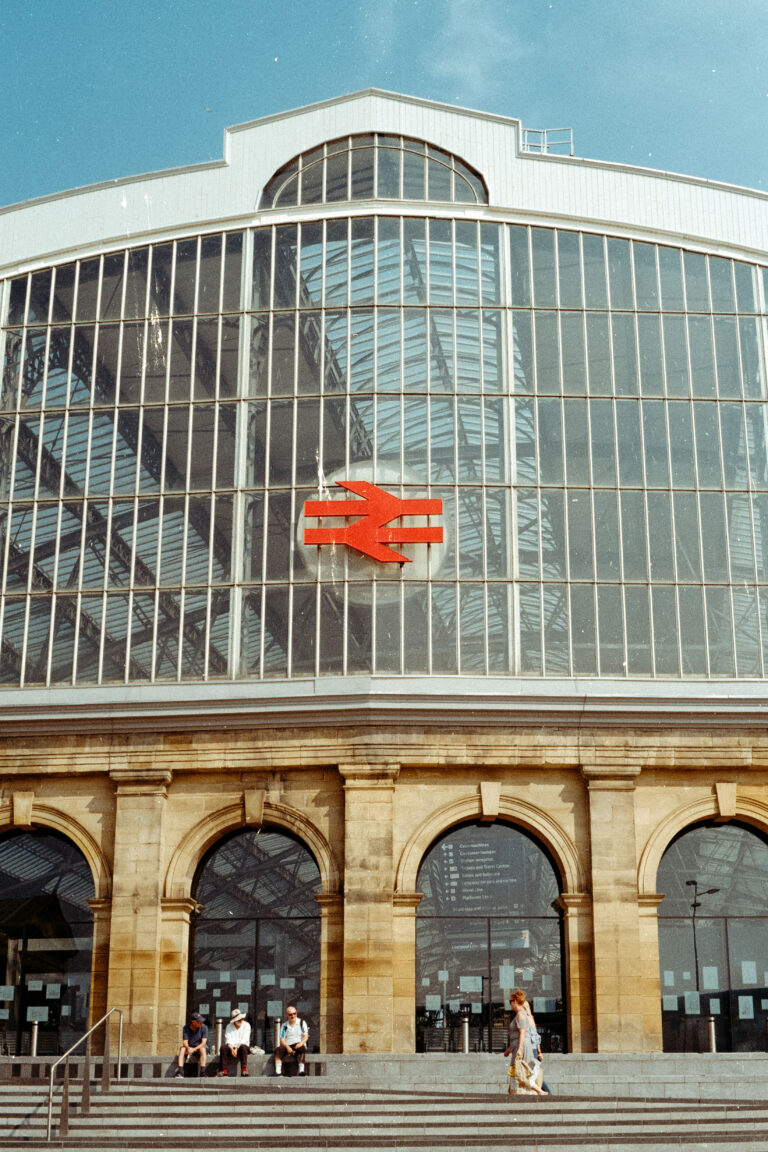 Real 35mm Gold 200
Real 35mm Gold 200
A good question, young grasshopper. The reality is there’s infinite amounts of variation in analog film; unlike digital it’s dynamic and holistic, with every part of the chain affecting the way it looks.
On the right, check out the same negative scanned with two different processes.
Quite a difference, eh? And the only thing changed there is the scanning. There’s no single ‘correct’ look for film shots, whether you scan it or print it. We made the decision early on to base our styles on the output of Noritsu scanners, specifically the HS1800. Noritsu are probably the gold standard for scanning Ektar, though it can sometimes have a bit of a pink cast. We made profiles based on this default look of the scanner, as well as corrected scans!
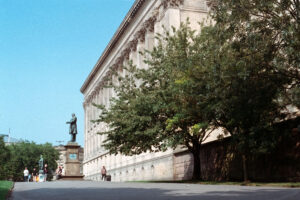
Our home lab-scanning setup. Lovely clean timeless colours.
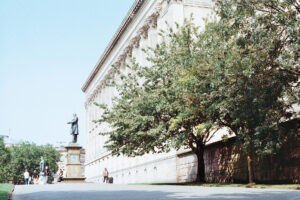
Photo CD from a 1-hour photo lab using a Fuji Frontier.
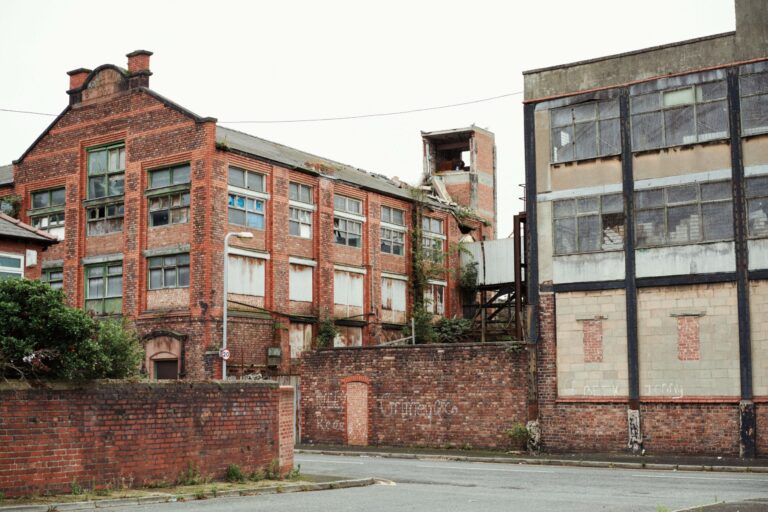 Digistock Gold 200 - Shade
Digistock Gold 200 - Shade
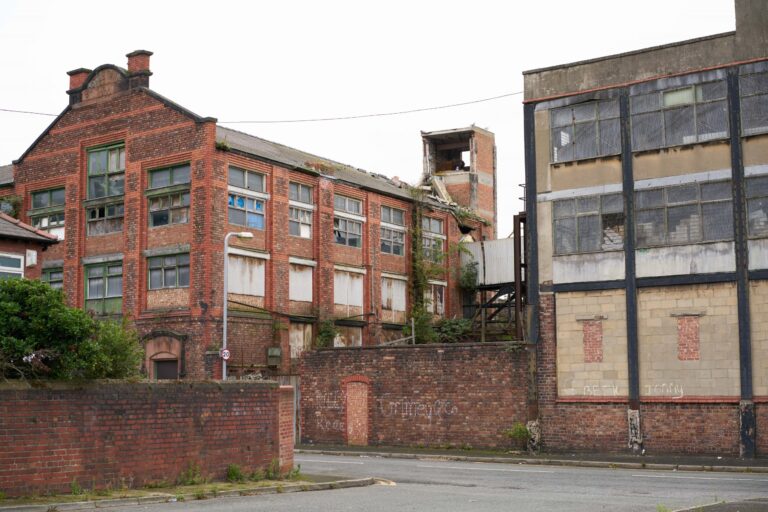 C1 Defaults
C1 Defaults
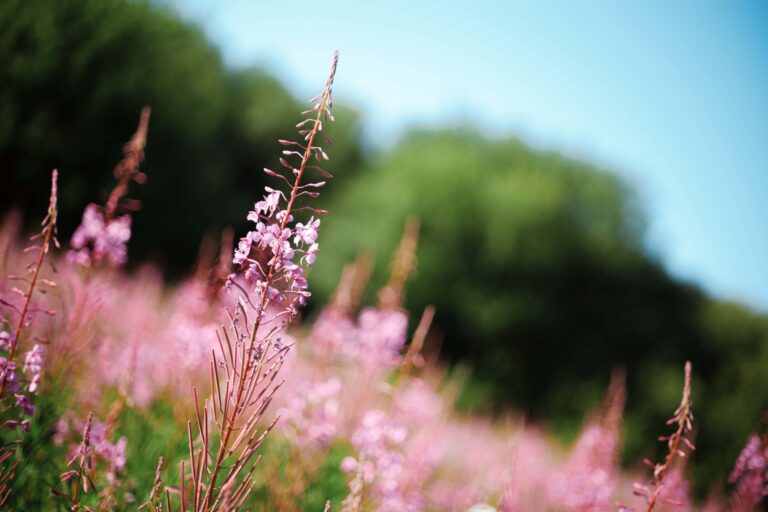 Digistock Gold 200 - Bright Sun
Digistock Gold 200 - Bright Sun
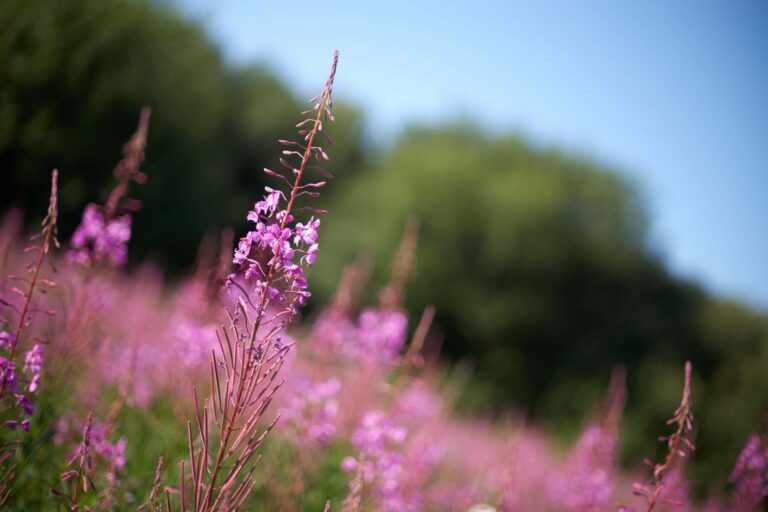 C1 Defaults
C1 Defaults
Now we’re getting into the real meat-and-potatoes of the pack! Once you’ve picked your desired strength you’ll be greeted by 14 lovely new styles. You can read this to find out a bit more, or just jump in and start clicking – after all, if it looks good, it is good.
A rich, balanced starting point that adds instant mojo to any photo. You’ll see blue skies shift towards cyan, and a general warmth in reds and skintones.
A slightly more ‘analog’ looking version of the Classic, mixing in a little bit of the 1 Hour Photo drugstore vibe. Slightly cooler and brighter.
We shot some test shots under harsh direct midday sunlight for this profile. Similar to the Classic but with some shifts in the greens and less saturated reds.
Based on test shots taken under outdoor shaded and cloudy conditions. A little more subdued – don’t be afraid to warm up the white balance a bit if skintones look dull.
Very balanced; has a less dramatic effect on skintones and warm colours but still imparts some Gold mojo.
A more subdued look that really puts the ‘gold’ into Gold 200. Rich, soft greens and gentle skintones. One of our favourites.
We intentionally shot some underexposed frames, in shadow and low light, to get a feel for how the film responds. Pair with the heavier grain styles for maximum realism.
More fading, more colour shifts and perhaps a little less saturation. You might want to roll off the highlights as well (though we’ve left the slider alone for you to set how you like).
‘Tungsten’ indicates the colour of old-school lightbulbs, and other artificial light. It’s much more orange than daylight, and Gold 200 is a daylight-balanced film so this orangeness becomes pretty obvious. We’ve modelled the colour response and tonal shifts but not the actual orangeness – that’s what your white balance slider is for! Great for indoor and night shots.
Generally if you’re shooting under tungsten light, you’re either out at night or indoors – and both of those situations are pretty tough for a slow ISO200 film! This is based on slightly underexposed shots under 3200K light, and has very cool shadows like we saw on some scans.
Similar to the previous style, but with the warm orange-green faded areas of shadow we saw a lot shooting Gold 200.
The drugstore Frontier scans on CD came out generally cooler, brighter and with muddier shadows than our own manual scans. We’ve replicated that here so you can get the 1 Hour Photo look (no relation to the rather decent Robin Wiliams movie)
Interestingly those quick store scans had a noticeably different look with the shots taken in hard sunlight (probably more due to the scanner’s auto balancing rather than the film itself). We thought it was worth emulating since it’s a little colder and less saturated than our own scans.
The shade shots on the Frontier came out looking quite contrasty and nice – this style is deep and punchy but with warmer, less saturated skintones and reds/oranges.
Film images shot on Gold 200 on an Olympus OM-1 with 50mm 1.8 lens, digital images shot on a Sony A7RII using 55mm and 35mm 1.8.
The styles used were not made specifically to match the film test shots! We tweaked the contrast, saturation and white balance to get the closest possible result but all major adjustments came from the Digistock pack.
These are your traditional Capture One styles, where everything happens using C1’s own adjustment tools rather than relying on profiles. They’re totally camera-agnostic since they apply on top of your existing camera colour profile, and are fully compatible with layers so you can dial in the opacity exactly where you want it.
They offer looks a little different from the profiled ones, and in some cases stronger (we designed em so you can adjust the opacity to taste), but still very much the same Gold 200 look. Try applying them as a layer on top of an Advanced style for really strong toning!
We designed this to look like the Advanced style of the same name, but it’s a little warmer and punchier, with the contrast centred a touch lower. Warms up skintones beautifully!
A little more faded and with a hint of red in the shadows. Skin tends to be a little less bright with this, for a less shiny look. Does some interesting stuff to foliage.
We based this on images blended between the 1-hour scans and our own scans, so it’s a little more stylised than the profiled version. Yellows/oranges shift a little towards pink.
The same shade with a little more fade! Emulates a very slight underexposure, with a green tint to dark areas (while actual green tones are less cyan than the previous style).
Another take on the look of poorly-exposed Gold that’s been lifted back up during scanning, giving you rolled-off shadows with a muddy warm cast.
Did you ever you mix all the paints together in school thinking you’d invent a cool new colour…and it just created a kind of mucky brown? That’s the colour Gold 200 shadows get when you underexpose by two stops…
Even more faded and muddy; negative film really doesn’t handle shadow detail that well compared to digital (though it handles highlights far better) – if you try and lift an image you’ll find the dark areas are mostly just grain. I guess that’s where the popular ‘matte’ look originated, which we now associate with a moody, vintage feel.
A while ago I shot a roll of really old Gold 200 – dated about 2004 I think. It came out looking very blue/teal which was fun, so I dug out the negatives and tried to replicate that vibe here….
Like the Advanced Tungsten, try warming up your white balance with this for a more accurate look. This is a little more neutral than the Advanced version so it’s good for general use too.
Like the previous style but warmer, more saturated and faded, with prominent skintones. Maybe not a general purpose one, but useful when you need a distinct ‘look’, especially at lower opacities.
A style specifically targeting the clean, bright consumer look of the 1-hour scans. Skies are a little less teal and colours are generally a little cooler.
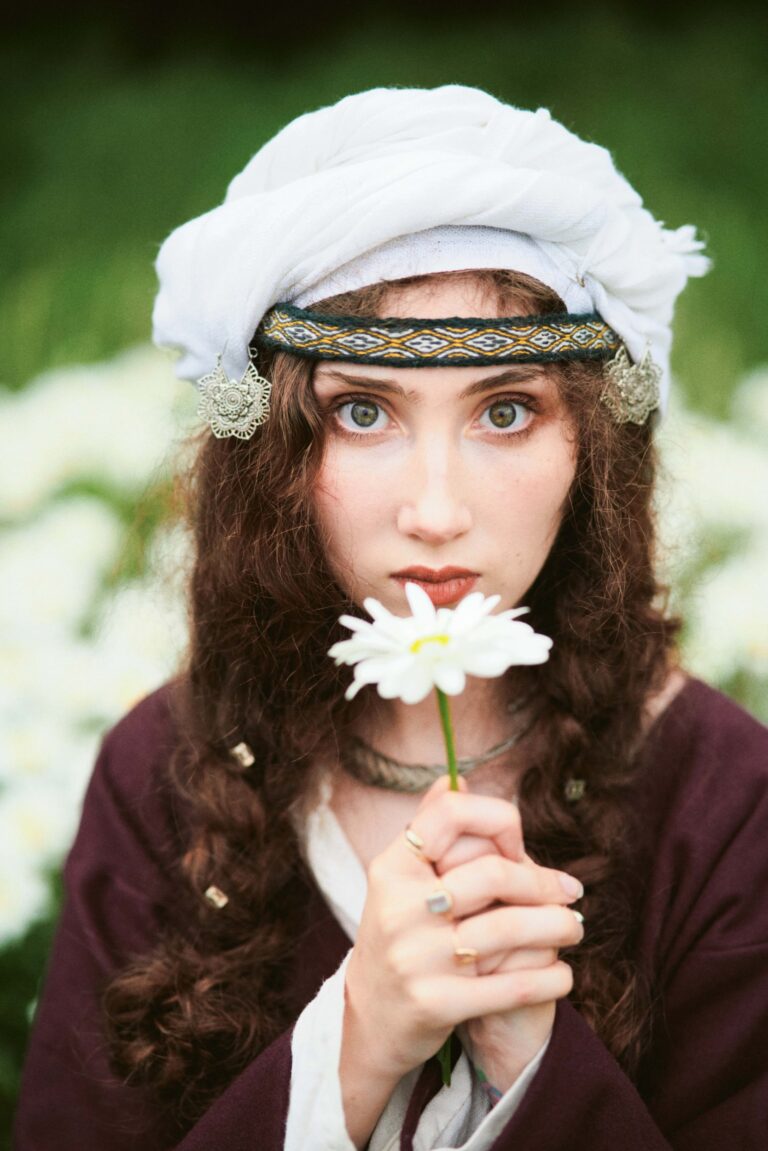 Digistock Gold 200 - Warm
Digistock Gold 200 - Warm
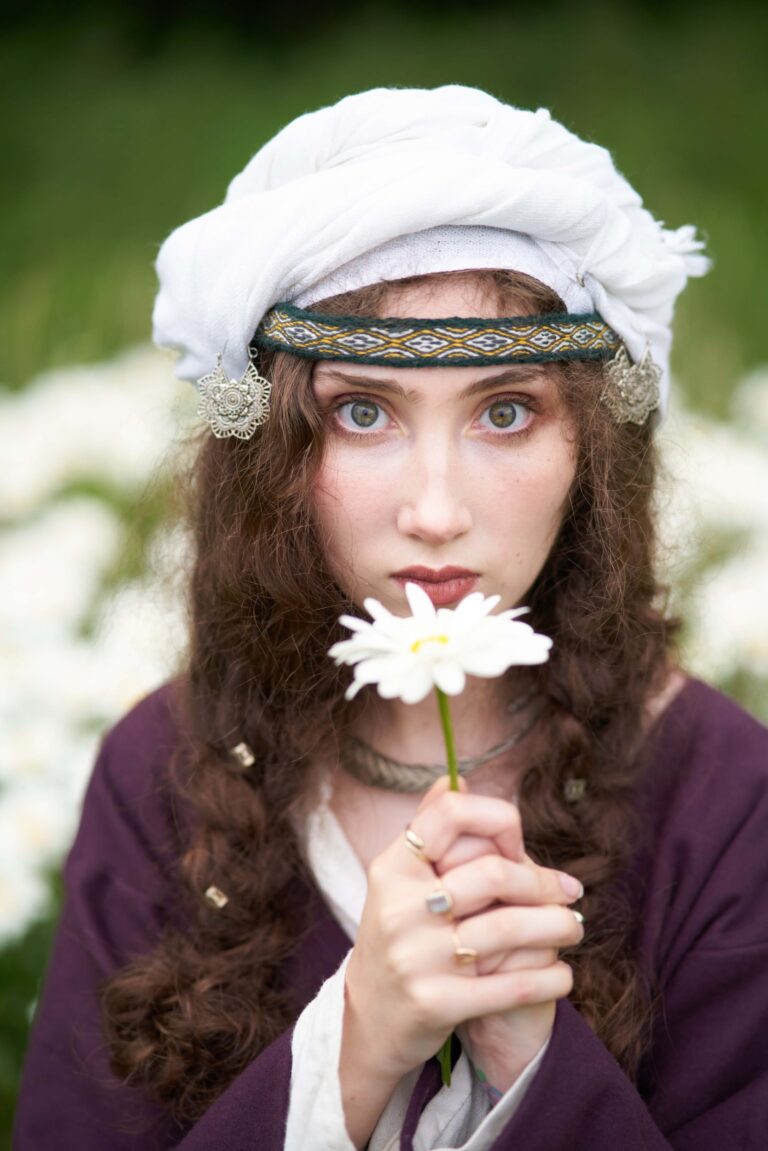 C1 Defaults
C1 Defaults
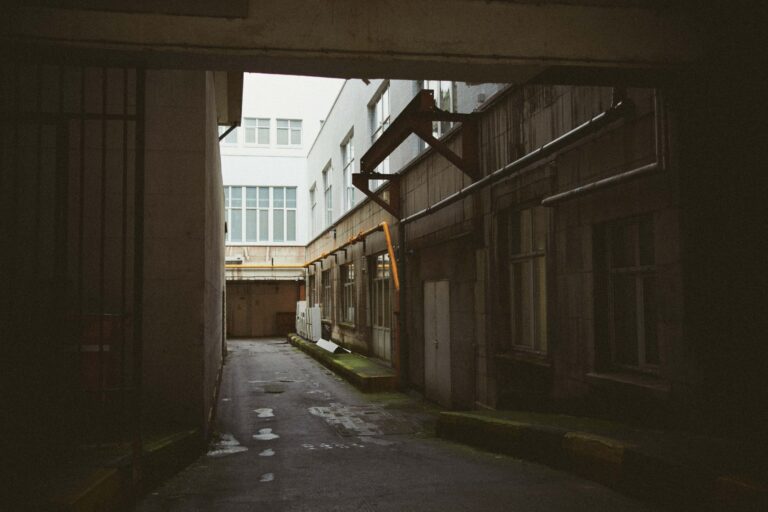 Digistock Gold 20 - Under
Digistock Gold 20 - Under
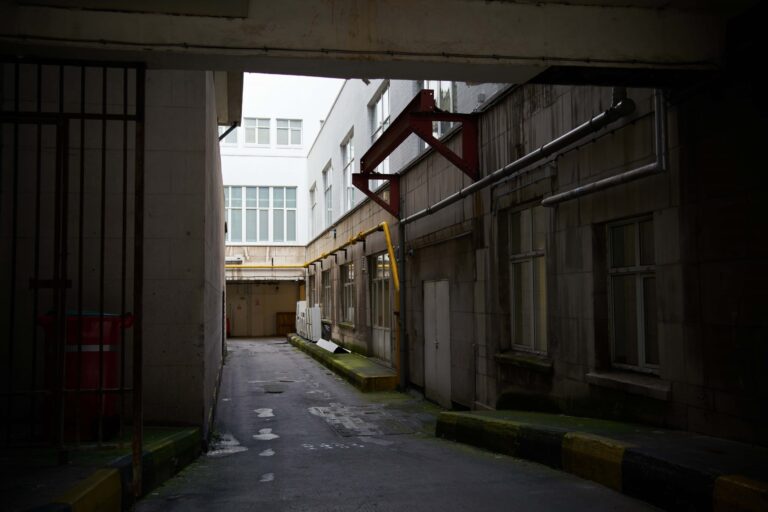 C1 Defaults
C1 Defaults
 Digistock Gold 200 - Classic
Digistock Gold 200 - Classic
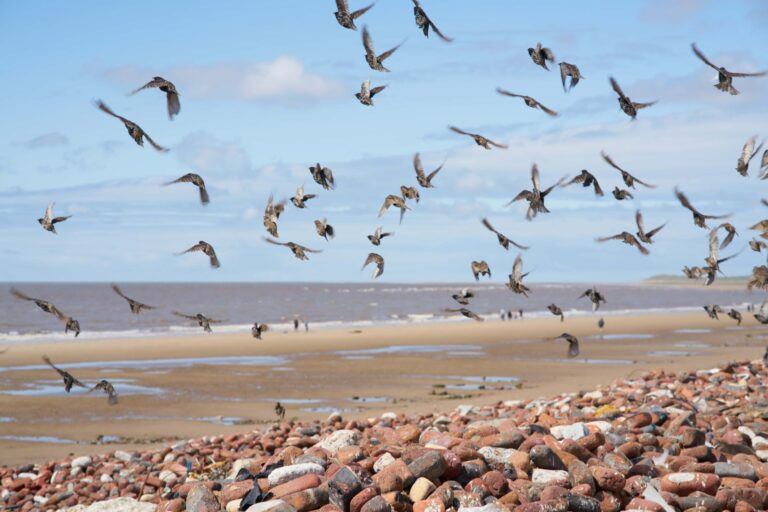 35mm Scan
35mm Scan
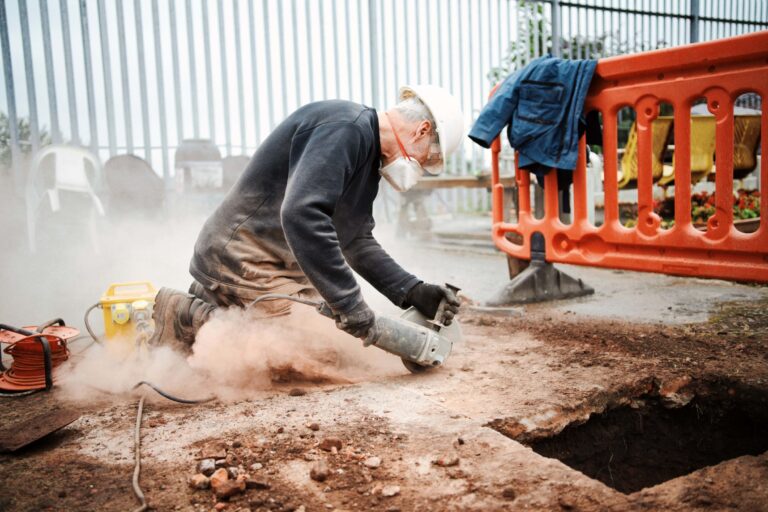 Digistock Gold 200 - Classic+
Digistock Gold 200 - Classic+
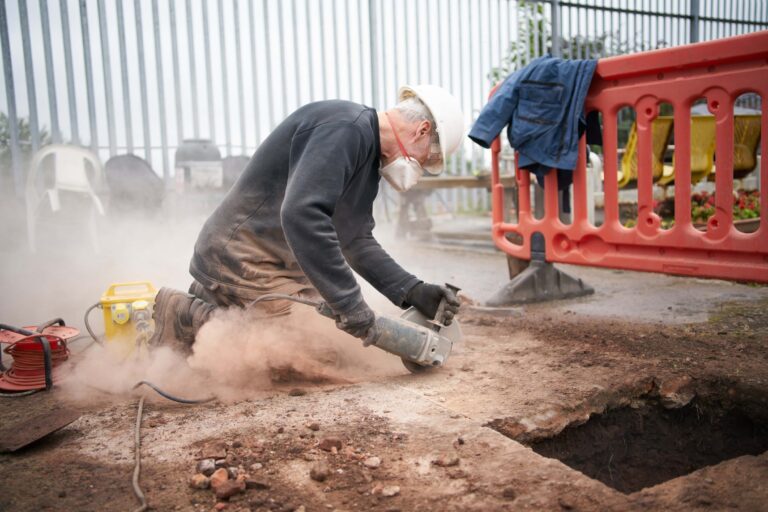 35mm Scan
35mm Scan
An important part of realistic emulation is replicating the film grain and acutance (detail) of the film. However, doing both clean and dirty versions of every preset would’ve doubled the size of the pack and made it harder to use. So we simply separated these adjustments. After applying your film style simply click one of the 4 grain presets to add a realistic analog look to your images.
For maximum realism, these grain presets also reduce the sharpness of the image to simulate the lower resolution of film – we find this helps the grain look like an intrinsic part of the image rather than an overlay, and gets you closer to the look of a film scan. If you find it too much, use the Subtle grain style. Remember you can easily remove an applied style in C1 simply by clicking it again.
These styles are designed to give you added control over the dynamic range and contrast of your image. They’re best used in a separate layer (especially with the Classic styles) since they make changes to the curve tool and the highlights/shadows.
The Dynamic Scan gives you a very slight HDR-esque flattening using luma curves, which can help get the balanced look of scanned film. Punchy adds contrast (and subsequently colour saturation), and a slight rolloff to the shadows. Natural gives you a more subdued image, like the raw output of a scanner. Soft is similar but fades the dark areas for a mildly matte look. Faded Warm and Faded Cool do exactly what you’d expect – try them at about 40% opacity to add a bit of vintage-ness.
Our fiddly-but-fun Film Halation styles are included as an optional extra to use. They come with their own instructions! There’s also a quick one-click tool to roll off the highlights (we chose not to include this in the styles in case you’ve already go it dialled in on your image).
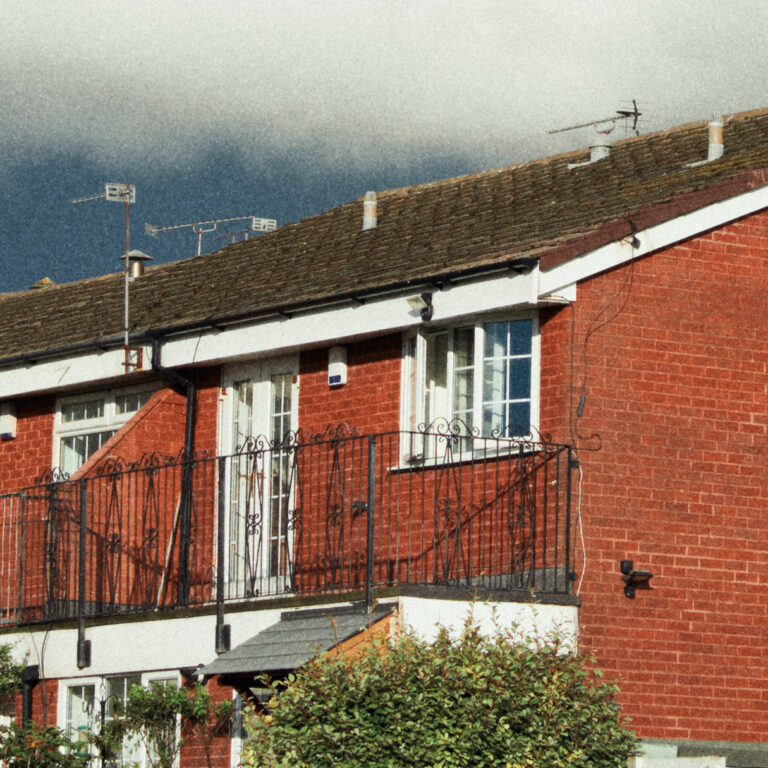 Digistock Ektar 100 - 35mm
Digistock Ektar 100 - 35mm
 C1 Default
C1 Default
We’ve squeezed everything we can out of the Capture One engine to recreate the look of a real film scan with exceptional subtlety (along with less extreme versions).
Here’s some close-ups showing the way we’ve combined C1’s superb grain emulation with softening of details. We also include some optional fading, toning and halation effects to create images you’ll find almost indistinguishable from real film scans.
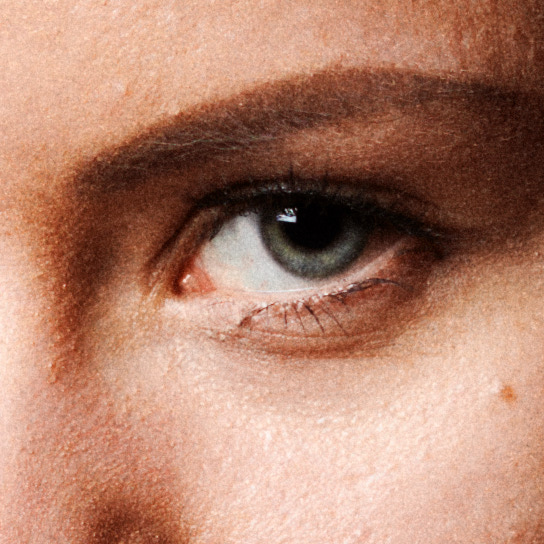 Digistock
Digistock
 C1 Default
C1 Default
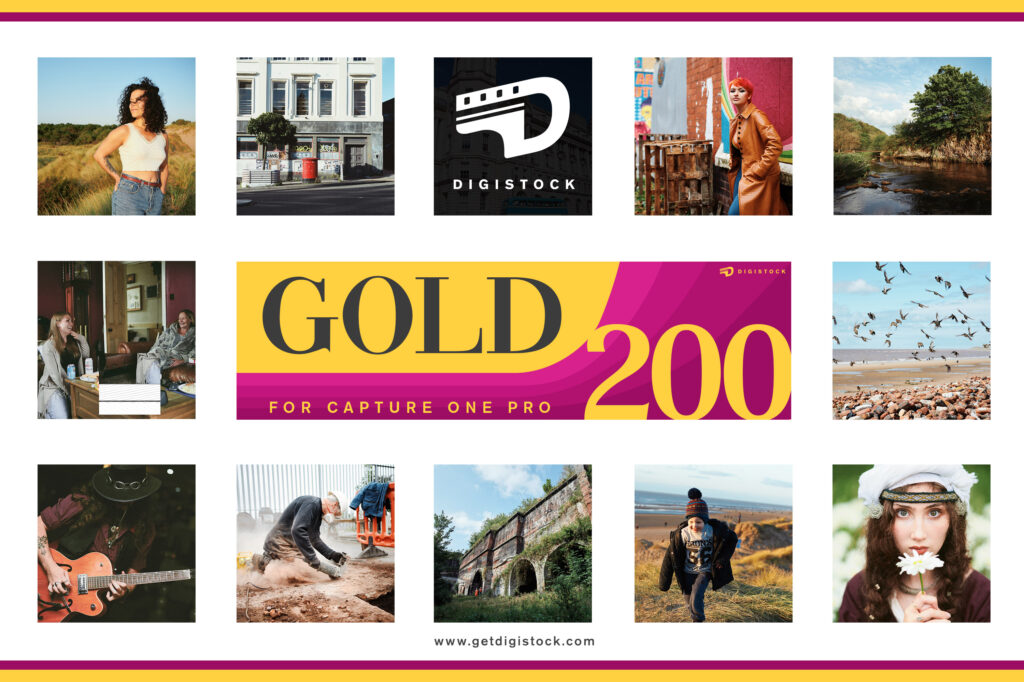
Copyright © 2020 Kyle May Photography. All rights reserved.
‘Ektar’, ‘Kodachrome’, ‘Portra’, ‘Tri-X’, ‘Kodak’, ‘Fuji’ and other trademarks feature to help illustrate customers understand our products’ intended uses, and do not represent an endorsement or licensed product.